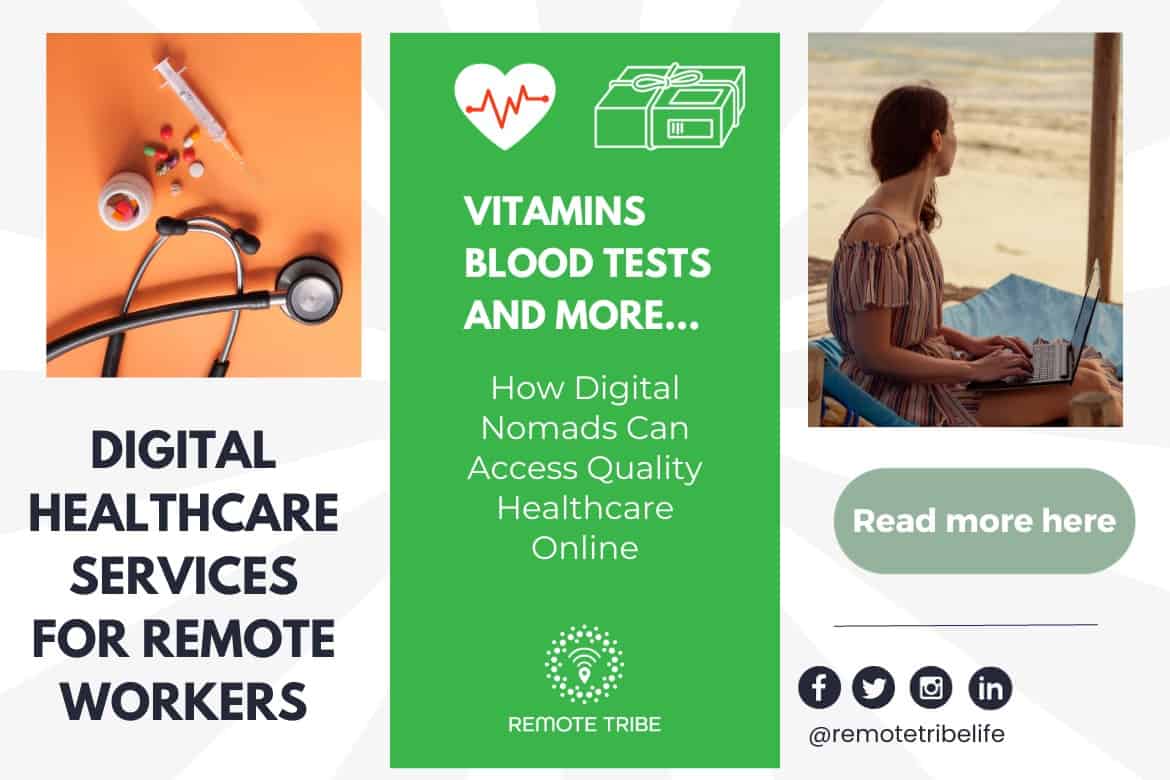The Rise of Subscription-Based Healthcare and Its Influence On Client Treatment
As medical care advances, the subscription-based version is getting traction, assuring to transform patient treatment by using predictability and availability. The possibility for these designs to reshape medical care distribution raises pushing concerns about their lasting sustainability and inclusivity. Are these subscription services the future of medical care, or do they run the risk of leaving at risk populations behind?
Understanding Membership Health Care Models
Comprehending the concept of subscription health care models includes examining a transformative approach to medical services that stresses affordability and availability. These versions, commonly referred to as straight medical care (DPC) or concierge medication, have actually emerged as cutting-edge alternatives to traditional fee-for-service health care systems. Registration medical care allows clients to pay a set month-to-month or annual fee for a defined set of medical services, which may consist of unlimited office gos to, regular check-ups, and basic laboratory examinations, without the need for conventional insurance payment.
The framework of registration medical care models is developed to simplify patient care by eliminating third-party payers and complex invoicing codes, consequently lowering management burdens. Healthcare service providers can focus much more on person treatment, cultivating stronger patient-provider relationships. This model also promotes preventative treatment by motivating routine sees, as the financial barrier of per-visit costs is gotten rid of.
The membership design usually equips healthcare companies to handle smaller individual panels, enabling for more tailored treatment. It straightens monetary incentives with patient wellness results, as companies are inspired to maintain client fulfillment and wellness. In general, recognizing membership healthcare versions requires acknowledging their potential to reshape exactly how care is supplied and accessed.
Benefits for Carriers and clients
With a constant income stream, healthcare experts can dedicate even more time to each patient, leading to a more customized and comprehensive treatment experience. The focus on preventative care within subscription strategies can lead to better person end results and lowered long-lasting medical care prices.
Issues and challenges
While subscription-based healthcare models existing many advantages, published here they additionally come with a collection of difficulties and issues that have to be attended to. This increases honest inquiries regarding equitable accessibility to health care solutions.
Financial sustainability of subscription-based designs is another browse around this site concern. Carriers have to stabilize the set revenue from registrations with the variable prices of medical care services, which might change as a result of unpredicted medical needs. This can produce stress to restrict solutions or rise charges, potentially influencing patient complete satisfaction and care quality.
Additionally, regulative oversight of subscription-based medical care versions is still evolving. Dealing with these difficulties is vital for the successful and equitable execution of subscription-based healthcare.
Impact on Patient-Doctor Relationships
One substantial effect of subscription-based healthcare models on patient-doctor relationships is the possibility for boosted connection and personalized treatment. By taking on a subscription model, physicians can handle a smaller sized individual panel, permitting even more committed time with each person. This enhanced accessibility promotes a deeper understanding of a client's case history, way of living, and choices, enabling extra customized therapy plans and interventions.
However, it is very important to identify that while subscription-based designs may profit those who can manage them, they might unintentionally broaden healthcare differences. Individuals who are unable to get involved in these designs may experience decreased accessibility to individualized care, possibly influencing their connections with doctor. Therefore, while the registration design offers encouraging benefits for patient-doctor relationships, it likewise poses difficulties that need to be resolved to guarantee fair health care gain access to.
Future of Healthcare Accessibility

The function of innovation can not be forgotten in this change. Telemedicine systems and digital wellness records facilitate seamless interaction between clients and doctor, breaking down geographical and logistical barriers. Additionally, developments in man-made knowledge and data analytics can better individualize treatment by forecasting client needs and enhancing therapy plans.
Nonetheless, the future of medical care gain access to likewise provides difficulties, such as ensuring equity throughout various socio-economic teams. Policymakers and health care carriers must team up to link the digital divide, making sure that subscription-based designs remain comprehensive and economical. As these systems grow, they hold the pledge of making health care much more accessible, effective, and patient-centric.
Final Thought
Subscription-based medical care versions are improving patient treatment by supplying a steady cost structure and improving accessibility. The rise of subscription-based healthcare motivates positive client interaction, which has the potential to improve client outcomes and satisfaction, indicating a transformative shift in healthcare delivery.
As health care develops, the subscription-based model is acquiring traction, promising to transform person care by offering predictability and accessibility.Subscription-based medical care versions supply distinctive benefits for both clients and companies, enhancing the overall healthcare experience.As health care systems develop, the future of healthcare accessibility regularly pivots on the combination of innovative models and technologies.Subscription-based medical care designs are improving patient treatment by offering a secure expense structure and boosting availability. The rise of subscription-based health care urges proactive client interaction, which has the potential to boost client end results and satisfaction, signifying a transformative shift in medical care delivery.
Comments on “The Future of Medicine: Exploring Subscription Based Healthcare Versions”